Propel provides innovative insurance solutions to thousands of companies across the country. We make it our business to know your world inside and out.
Insights, Senior Care
Senior Care Risk Strategies for Today’s Challenges
If you’re involved in the senior care industry, you already know that conditions are making business challenging. Senior care communities are still recovering from pandemic-related safety concerns and a drop in residency rates. Additional challenges include staffing shortages and worker burnout. To navigate the current senior care insurance market and come out stronger than ever, leaders need to employ new strategies.
Risk Prevention and Mitigation to Control Losses
The current insurance market is challenging. The Council of Insurance Agents and Brokers (CIAB) says property and casualty rates increased 8% in the fourth quarter of 2022, whereas umbrella premiums were up 9.6% and commercial property premiums were up 16%. Additionally, property underwriters are requiring higher deductibles and more restrictive terms.
Factors driving insurance rate increases:
- Property claims have become costlier because the U.S. has experienced several years of higher-than-average catastrophe claims. In addition, rising inflation, supply chain snags, and labor shortages make it more expensive to repair or replace property.
- Liability claims have become costlier due to rising jury verdicts. According to Swiss Re, U.S. verdicts of $5 million or more are a rising share of large awards in liability cases.
- As property values and construction costs rise, property insurance carriers are reassessing “insurance to value,” or the actual replacement cost of the property, and requiring operators to increase values. This leads to premium increases.
As claims become more expensive, risk prevention and mitigation increase in importance. The goal is to avoid incidents and to have claims dismissed before they end up in front of a jury. To do this, leaders need to revisit three basic steps:
- Identify your risks. In addition to incidents like resident falls, wandering residents, and failure to provide timely care, assess current trends that could contribute to incidents, such as untrained staff due to high turnover, staff shortages, the condition of the property and an aging population with higher levels of need.
- Take proactive steps to reduce or transfer your risks. Once you’ve identified your risks, take steps to control your exposure with better training, policies, and facility renovations.
- Improve documentation. Document all your actions. If you are sued, documentation can help make your claim more defensible by showing you were not negligent.
Leverage Technology to Control Exposures
Emerging technologies may offer solutions for staffing shortages and increased risks associated with an aging population. Consider your key exposures – such as slips and falls, visitor injuries, medication mistakes, or transporting patients – and look for tools to help control risks.
Just a few of the tools that senior care facilities may find useful include:
- Telemedicine: Telehealth options can make it easy to receive quick care and determine whether in-person care is necessary without the need for transport. It can also be used to monitor chronic conditions. According to the National Library of Medicine, telehealth usage increased from 4.6% before the pandemic to 21.1% during the pandemic.
- Smart Pill Dispensers: According to Merck Manual, 90% of older adults regularly take at least one prescription drug, and 36% take at least five prescription drugs. Smart pill dispensers can help ensure residents are taking their medications as prescribed.
- Video Calling: Loneliness affects many older adults. The CDC says social isolation can put seniors at risk for dementia and other serious medical conditions. Encourage them to schedule weekly video calls with loved ones who can’t visit.
- Smart Sensors: Fast detection can mitigate property damage. Water leak detectors and other smart sensors can help you monitor your property and respond to any problems quickly to minimize the loss.
Educate Stakeholders to Enlist Support
Tackling challenges requires a united front. Stakeholder education is key to ensuring everyone is aware of risks and how to overcome them.
- Staff: Your employees may be overwhelmed due to heavy workloads. Acknowledge their hard work and engage them in the risk management process.
- Residents and Their Families: Start a dialogue with residents and their families to discuss key risks and how you can all work together to mitigate them.
- Investors: Show your investors what you’re doing to control costs and improve revenues in the face of a challenging economic environment.
- Community: Work with your local community to boost engagement and build strong relationships to enhance the resident experience.
Managing Acuity Creep
The U.S. population is growing older. According to the U.S. Census Bureau, the national median age has increased by 3.4 years since 2000.
Over time, individual residents will age, and their needs will increase, a phenomenon known as acuity creep. As the population as a whole ages, another type of acuity creep is occurring on a national level. As a result, senior care facilities are facing the increased needs of an older population.
According to McKnights, acuity creep can lead to operational, regulatory and even financing risks. Senior care facilities can take steps to manage their acuity-related risks:
- Screen applicants. Before accepting a new resident, you need to ensure that your facility is a good match in terms of the level of care you can provide.
- Reassess residents. Acuity levels can increase gradually or suddenly. Reassess residents periodically and after health incidents, such as new diagnoses or injuries.
- Make your level of care clear. Residents and their loved ones should know exactly what you can and cannot provide. In addition to putting this information in your contracts, ensure you are being transparent in your advertising.
- Have a plan for residents you can no longer serve. Establish policies to ease the transition and make it as painless for your residents as possible.
Strengthen Your Property
By reducing your property’s risk, you can make your account look more favorable to insurance carriers. Over time, you can also reduce your losses, and this will result in lower insurance costs in the long run.
Depending on your exposure, there are many steps you can take, such as:
- Cut back vegetation around your building to reduce the wildfire risk exposure. This is critical in regions with wildfire exposures.
- Install seismic gas shut-off valves. If an earthquake occurs, this valve will shut off gas to prevent fires and explosions.
- Create and practice your emergency response plans. For example, you should have a plan in place to respond to flooding as well as water damage from burst pipes and sewage backup. Also, create plans to respond to fires, storms, and other risks that could strike your region.
Partner with a Specialist
To navigate current challenges, senior care facilities also need a specialized insurance partner that’s up to the task.
Propel offers a robust program that caters to senior care facilities. We’re taking a specialized approach to underwriting segments more effectively. Clients access a full risk management team led by clinical nurses who can help with documentation.
A specialized partner is the key to navigating the current market. Contact Propel.

Deanna Winchester
While Deanna has 30 years of experience in the Property & Casualty and Professional Liability Insurance arena, everyone knows her real expertise is her commitment to open and honest communication. With clients, carriers, and fellow Propel employees alike. More about Deanna...



Hi Deanna – Thanks for these great insights. I would like to share on LinkedIN!
CJ